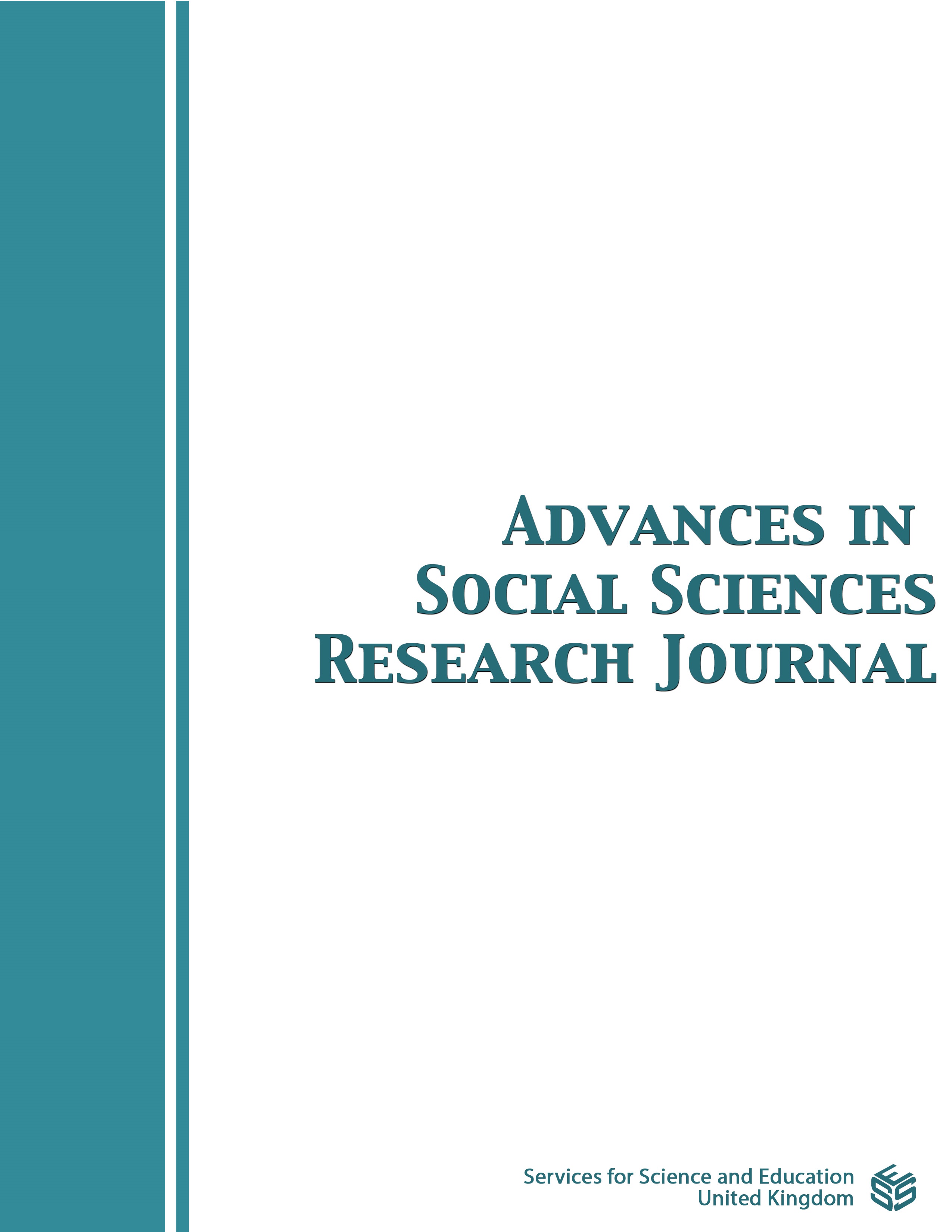The Impact of Emotional Intelligence on Teamwork Skills in Public Schools Principals
DOI:
https://doi.org/10.14738/assrj.96.12386Keywords:
emotional intelligence – teamwork skills – public schoolAbstract
This study aimed to identify the level of emotional intelligence and its impact on the cooperative work skills of public school principals, as well as examining the levels of their cooperative work skills practices. And its relationship to gender variables, and administrative experience.
The study sample consisted of 53 public school principals, and the descriptive analytical approach was adopted in data collection, analysis and interpretation.
The results showed that school principals had moderate levels of emotional intelligence, with a decrease in the abilities of emotional awareness, assertiveness and public relations. The study also revealed an average level of cooperative work skills practice, with low levels of empowerment skills practice.
There are no statistically significant differences in the average emotional intelligence and the level of practice of cooperative work skills for the school principal due to the variables of gender and administrative experience. While there were statistically significant differences in the ability to adapt due to the gender variable for school principals. The results showed differences in the areas: the ability to withstand stress, control emotions, conflict resolution skills, communication and meeting management, attributed to the variable of administrative experience in favor of more experienced school principals.
The study confirmed the existence of a positive and moderate correlation between emotional intelligence and collaborative work skills.
Downloads
Published
How to Cite
Issue
Section
License
Copyright (c) 2022 Abbulnaser A. Fakhrou, Laba Moarbes, Christelle Abou Rjeily, Mohammed Essa

This work is licensed under a Creative Commons Attribution 4.0 International License.
Authors wishing to include figures, tables, or text passages that have already been published elsewhere are required to obtain permission from the copyright owner(s) for both the print and online format and to include evidence that such permission has been granted when submitting their papers. Any material received without such evidence will be assumed to originate from the authors.






